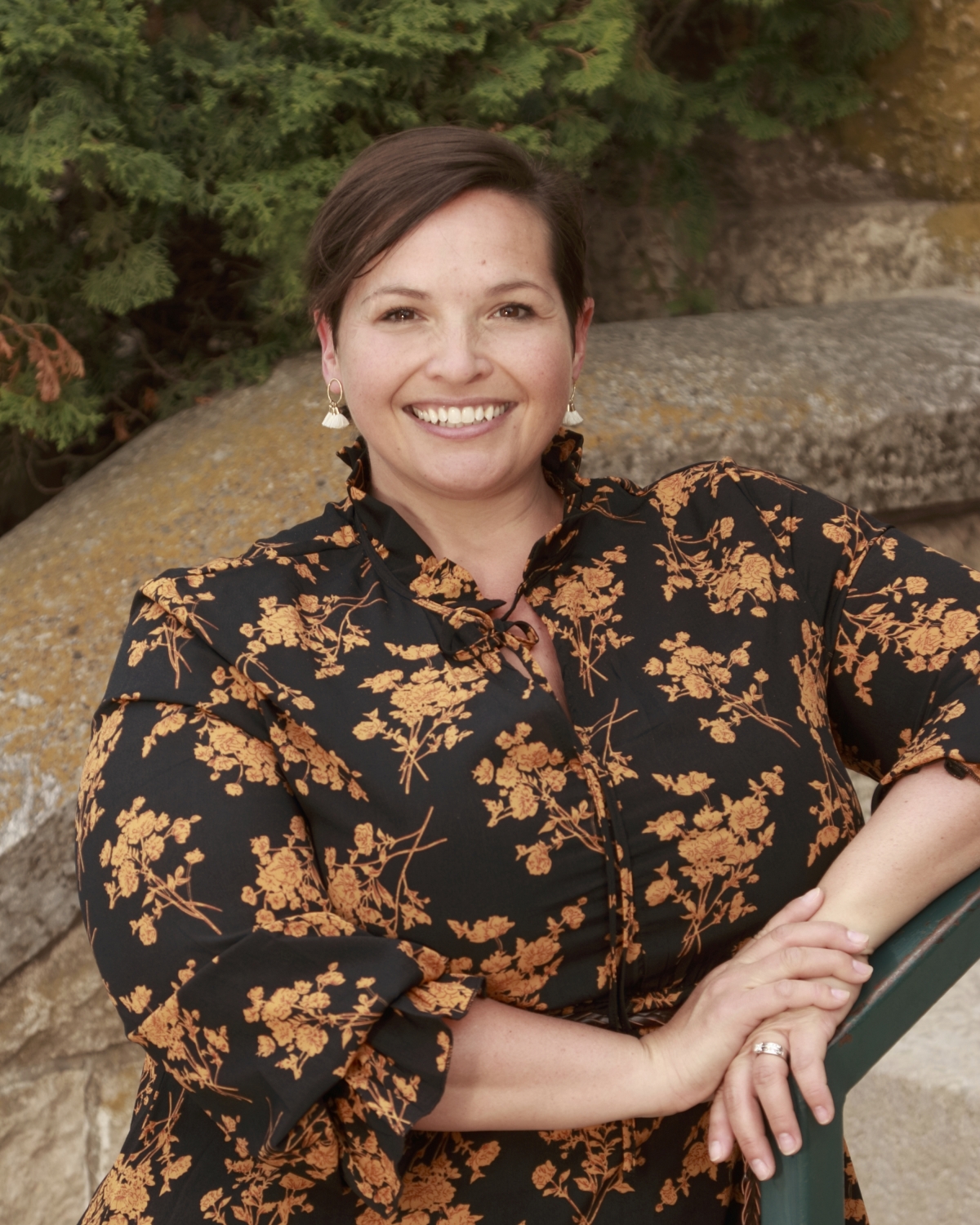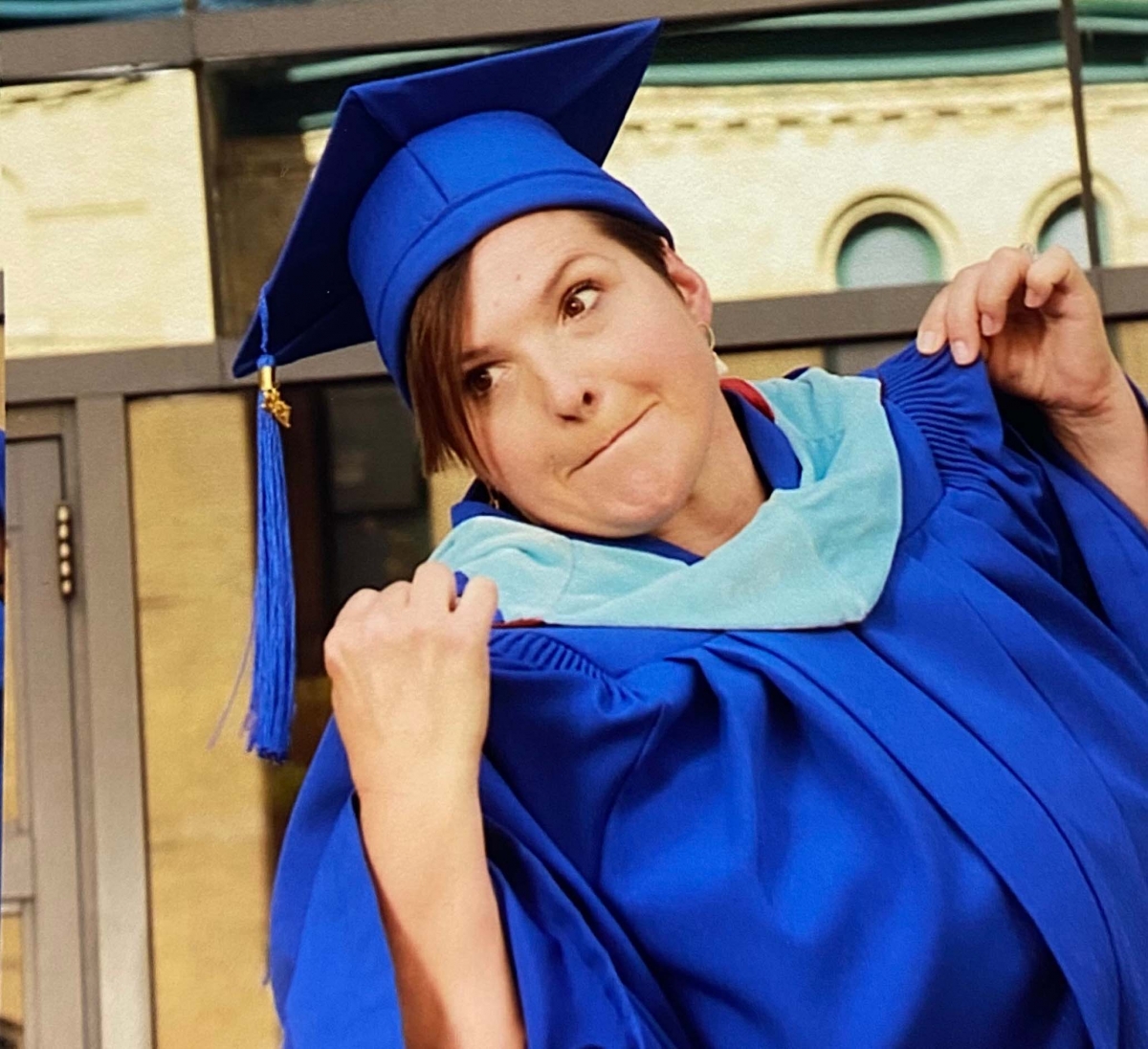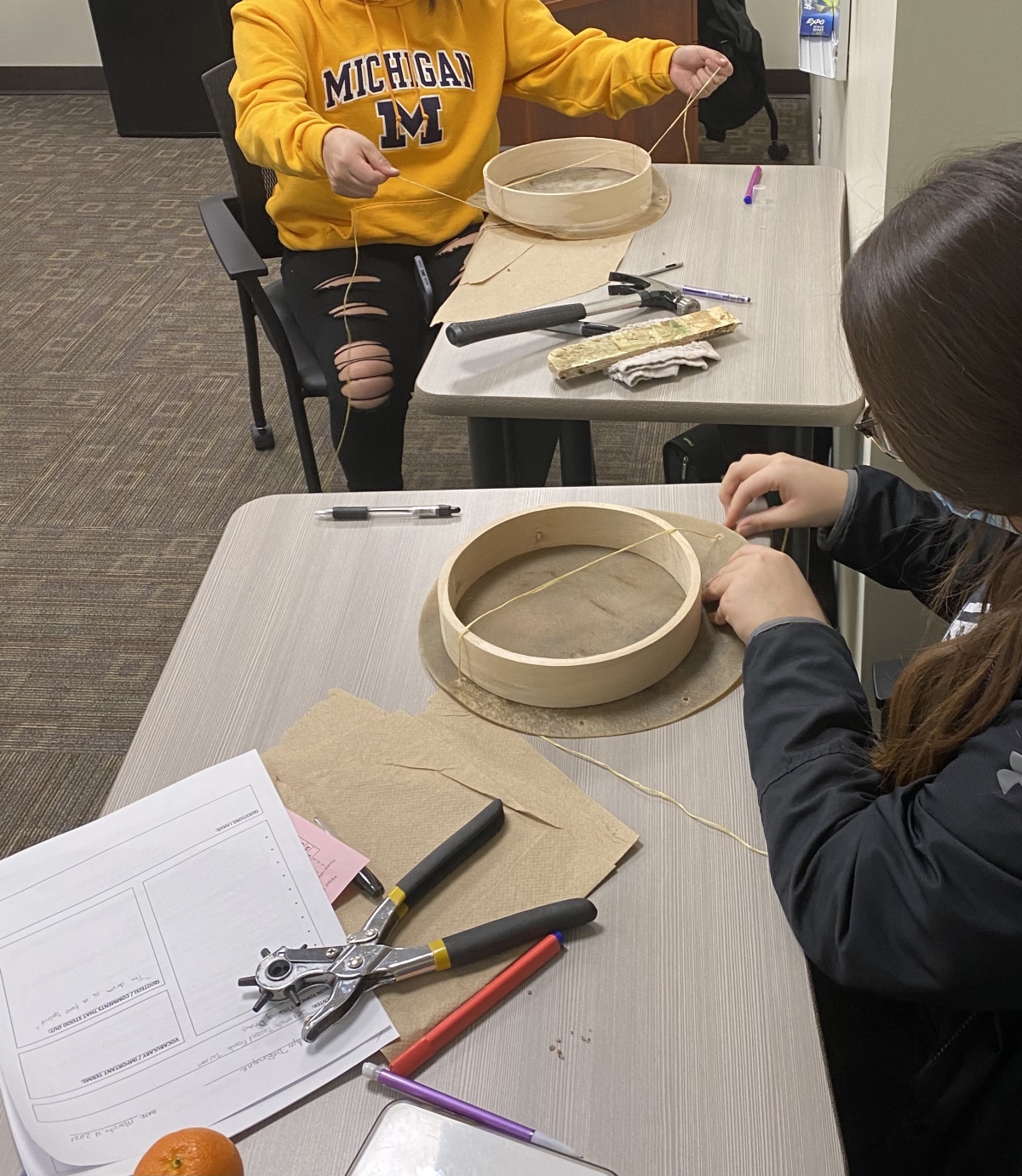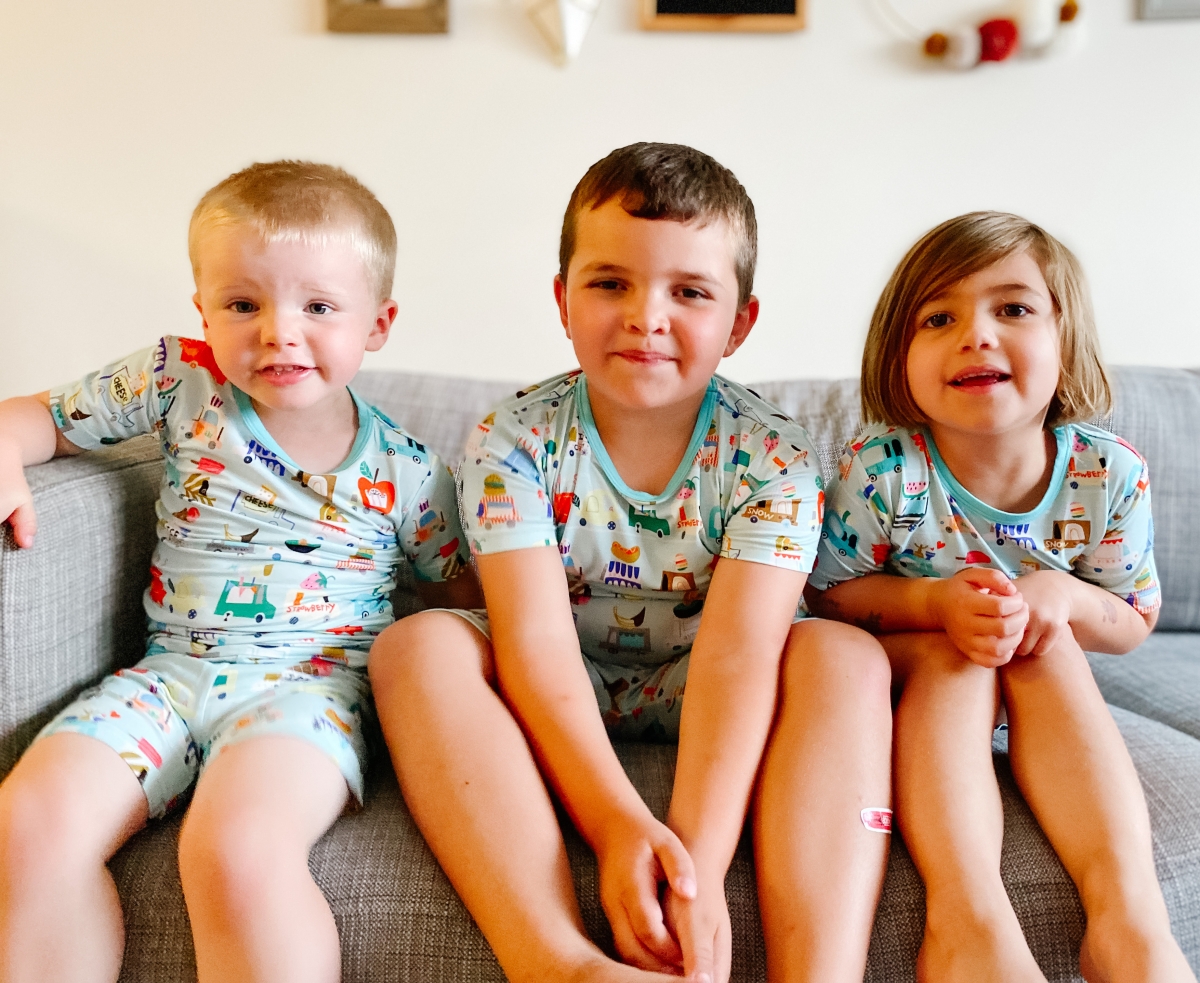- Home
- |
- Our Culture
- Louis Riel
- Métis Firsts in North America
- Métis Minute
- Who are we?
- Métis Nation Database
- Kids' Corner
- I Love to Bead Month
- |
- Departments / Affiliates
- Citizenship
- Culture & Heritage
- Early Learning & Child Care
- Economic Development
- Engagement and Consultation
- Energy, Infrastructure & Resource Management
- Health & Wellness
- Housing and Property Management
- Infinity Women Secretariat
- Louis Riel Capital Corporation
- Louis Riel College
- Louis Riel Institute
- MEDOCare
- Métis Child and Family Services Authority
- Métis Employment & Training
- Métis Justice Institute
- Métis Rights & Constitution
- Michif Language
- Provincial Education
- Red River Métis Business Development Corporation
- Red River Métis Community Resource
- Red River Métis Fur Company
- Red River Métis Veterans
- Riel House
- Sixties Scoop
- Youth
- |
- Government
- |
- Jobs
- |
- News
- |
- Contact
Raven Willoughby
January 27, 2022
Indigenous education initiative helps Métis teacher connect with her culture
 Raven Willoughby teaches Current Topics in First Nations, Métis, and Inuit Studies at Brandon's Prairie Hope High School, where she also holds the roles of literacy support teacher and continuous improvement coach.
Raven Willoughby teaches Current Topics in First Nations, Métis, and Inuit Studies at Brandon's Prairie Hope High School, where she also holds the roles of literacy support teacher and continuous improvement coach.
For educator Raven Willoughby, connecting to her Métis identity and culture is an ongoing process.
"I grew up not really understanding my heritage and culture, only because my grandma, who is Métis, was not connected at all to her culture," said Willoughby, a literacy support teacher and continuous improvement coach at Brandon's Prairie Hope High School.
When Willoughby's grandmother sought her Manitoba Métis Federation Citizenship card about 10 years ago, Willoughby and the rest of her extended family followed suit.
Prior to receiving her Citizenship card, Willoughby first learned about Indigenous culture while attending Brandon University and working for the Mini University program. She and her coworkers underwent cultural training to prepare for groups of Indigenous students coming to participate in cultural programming and classes.
"That really was the first time that I started to learn about Indigenous culture," she said.
Fast forward over a decade to teaching at Prairie Hope High School, Willoughby teaches Current Topics in First Nations, Métis, and Inuit Studies. In addition, her role as a literacy support teacher involves assessing students upon intake.
"Because we're an alternative high school, we have a lot of students that have gaps in their learning and in their schooling, so we like to kind of do a bit of an assessment at their arrival to gain an understanding of where we can put them in their schooling to be supportive, but also give them credit for where they're already at in their learning," she said.
In her other role as a continuous improvement coach, Willoughby acts as a support for the school in general, but also works with teachers to offer them professional development and different learning opportunities.
 Willoughby completed her Master of Education degree from Brandon University in December 2020.
Willoughby completed her Master of Education degree from Brandon University in December 2020.
With a large population of Indigenous students in Brandon and at Prairie Hope High School, reconnecting Indigenous students with culture is a big focus for the school.
"I had been starting to have various days of each month where we had different community members coming in to do organized activities with us, and to have discussions, and learning," she said.
After several years of Willoughby and other teachers trying to take those cultural lessons and fit them into the school's programming, Willoughby had an idea.
"I decided that we could offer something that the Manitoba curriculum already has available to us, and that very easily lends itself to the different activities that we were having, and I could make those for credit and have students gain those learnings," she said.
The school started offering credit attainment for the Current Topics in First Nations, Métis, and Inuit Studies course, which blended well with the cultural learning opportunities already available.
Willoughby initially received funding from a joint grant from the Brandon Police Service and the Brandon School Division. When those funds ran out, she looked to the provincial Teachers' Idea Fund.
"When the Teachers' Idea Fund came around, I decided that that would be a really nice opportunity to take what I'd been doing and expand it a little bit more, so it was easy for me to put together a grant proposal based on some of the other things that we had started to do," she said.
Last July, Willoughby's project, titled "Deepening student understanding of Indigenous culture at Prairie Hope High School," was selected for the $25-million Teachers' Idea Fund, for which the provincial government has currently approved over 100 projects.
"It's an initiative that uses teachings and discussions with knowledge keepers and hands-on product creation to engage students in Indigenous cultural learning," Willoughby said of her project. "We have a joint focus of learning traditional ways of life, and interacting with current Indigenous community members and role models to support student understanding of Indigenous peoples' impact on our Canadians' past, present, and future."
Students participating in these weekly offerings use these hours as a component of their Current Topics in First Nations, Métis, and Inuit Studies 40S Credit, Willoughby added. Some students consistently come to class every Thursday afternoon, while others drop in casually.
 Drum making is one of the cultural activities Prairie Hope High School offers.
Drum making is one of the cultural activities Prairie Hope High School offers.
The project funding runs from August 2021 to August 2022. Willoughby hopes to continue expanding the project.
"The idea of course is to make it bigger and to make it more memorable and to also impact more students, so whereas we might have a group of five students who get to do drum making here, to be able to open that up and do that with 20 students, and where we might have someone who has volunteered their time to come and support us with that, well now we can offer honorariums," Willoughby said.
She also hopes to have various knowledge keepers at different schools simultaneously to support even more students, as well as to coordinate field trips to Winnipeg to visit museums, the Aboriginal Peoples Television Network, and FortWhyte Alive.
"Really to take it to another level," Willoughby said.
The initiative helps the Métis educator learn more about her own culture.
"As for myself identifying as a Métis person, it's probably only been in the last couple of years, when I have pursued getting my Métis card, and with all of the different sessions that I've been providing for students, I've actually gotten close to a couple of other Métis people in our community, and really started to refine my understanding of Métis culture," she said.
"Some of the things that I really appreciate within our community is that we do have people here that are willing, and more than willing, like very appreciative of others who are wanting to learn beading, or learn Michif. We've had students here doing moccasin making, and so anytime I'm putting on something that's for students, I'm also really blessed to be able to take that in myself, and to build my understanding of our Métis culture, and my personal identity as a Métis person."
Willoughby feels grateful to share knowledge that she didn't have herself as a high school student.
"I really do feel like I want to be a vessel for some of the knowledge, and I know that I'm really blessed to be hearing all of these speakers, and I'm really blessed to be able to then hold on to that and then be sharing it with students," she said.
Willoughby hopes for programming like this to become more commonplace.
"To have more constant visibility of Elders and community members in our schools, and then now to be building and making it an opportunity for other high schools to draw from the knowledge that we've gained," she said. "So I think that's my goal is just continually building it, so that it becomes kind of common in the school setting."
Working as a teacher for 14 years, Willoughby said developing relationships with students and sharing her own experiences with them is the most rewarding part of her job.
"Providing these opportunities to students - ones that I never had," she added.
 Willoughby's Métis niece and nephews are proud of their heritage.
Willoughby's Métis niece and nephews are proud of their heritage.
Willoughby has noticed the growth of Indigenous pride in today's Youth - surely a direct result of cultural programming like hers.
"Seeing a change and a shift in our society and in our education realm is really incredible," she said. "I think about my grandma who had little to no understanding of her Métis heritage and culture, and for the most part of her life that was something that was avoided or pushed to the background and not celebrated."
The Métis Citizen's six-year-old nephew feels that pride now at a young age.
"I'll be walking down the street with him, and he'll be like, 'Hi, my name is Harrison, I'm Indigenous.' And that's because of the pride that's now visible and palpable, and it's because there's more understanding and there's more celebration and there's more education around Indigenous culture," Willoughby said. "So to have students in my building that feel pride and feel ownership and feel like they can get that learning, and they can feel like that's part of their identity far sooner than I ever did."
